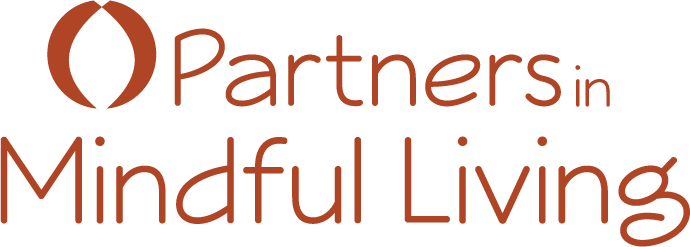
November 15, 2020
In my last post, I quoted Holocaust survivor and brilliant psychiatrist Victor Frankl. I think his wisdom bears repeating:
“Between stimulus and response, there is a space. In that space is our power to choose. In our response lies our growth and our freedom.”
Many years ago, I quit two jobs in a row on autopilot. I don’t regret those decisions; all turned out fine in the end. But I wish I had been more awake when I made them. At that time, my MO on autopilot was to work hard and get promoted. Period. It took me a few years to figure out that I was doing work that didn’t satisfy, despite the promotions and fancy titles.
In both cases, I had accepted promotions because that’s what you do. Keep going up a ladder, even if it’s on the wrong wall. That’s being on autopilot.
Repeating habitual behaviors — going from one thought or action to the next without actually being awake to what we’re thinking or doing, as though we’re sleepwalking — is not a recipe for lasting rewards or a sense of personal satisfaction.
On autopilot, we react rather than thoughtfully respond.
Autopilot isn’t all bad. It has its place. It does the trick when we’re doing something mechanical or repetitious that requires a sense-memory and a reactive response. When we want to remember what we already know, it serves us well.
Who wants to start from scratch every time we jump on a bike, tie our shoes, or get in the car to drive to the grocery store? In those scenarios, autopilot immediately takes us to a repeat of how it worked last time, and that saves us valuable time and energy.
But when we’re dealing with people and relationships, making decisions around self-care, learning new things, and figuring out what direction we want our lives to take, living in a permanent state of autopilot is like going from birth to death asleep.
Gustav Razzetti, in a Psychology Today article, “How to Stop Living on Autopilot,” says:
“When we live on autopilot, it feels like someone else is driving, not us.”
On autopilot, we are working without the benefit of our frontal lobe — our brain’s executive function. We are, in essence, responding out of habit, without input from our mental “manager.” We’re not driving the car.
But there is an antidote. And Victor Frankl nailed it with: “Between stimulus and response, there is a space. In that space is our power to choose. In our response lies our growth and our freedom.”
I call that space the pause.
The dictionary defines pause as “a temporary stop in action or speech.” That stop offers us a breathing space, an opportunity to interrupt ourselves when we need to respond or decide with thoughtfulness.
Think before you act. Take a breath. Count to ten. Those phrases are so over-used we hardly hear them, much less give them the importance they deserve. But they’re over-used for a reason — they matter, and they work. They are arrows pointing us to the pause.
When we’re in the pause, we’re in charge of our attention. We have access to impulse control, self-awareness, social awareness, creativity, empathy, compassion, forgiveness, responsible decision–making, and a host of other emotional intelligence skills.
We’re continually telling kids to pay attention but, until recently, we haven’t told them how. The pause is how.
Mindful Schools is my current favorite organization. They’re teaching kids in elementary and middle schools all over the country to pause in ways their parents never learned. These kids can be our teachers. Check them out here.
By the way, trying to describe pausing is like trying to explain fun to a child. It doesn’t work. We have to be engaged in play, experience it, to understand it. It’s the same with the pause.
So, pick a mindfulness exercise — there are endless options. Notice the breath going in and out of your nose. Do a quick body scan and relax the tense parts. Notice how it feels to sit where you are sitting. Savor every bite of your meal. Feel the wind. Smell the rain. It only takes seconds to come back to yourself.
Practicing the pause when you don’t need it helps you bring it into play when you do. It’s been a very long time since I’ve made an important life decision outside of the pause. Life has become measurably less stressful and more peaceful.
At times I am surprised at how uncomplicated my life seems. But then I remember how I got here — I’ve spent years practicing with the pause to ensure that I make enriching decisions rather than taking the line of least resistance, which is what I do on autopilot.
Try it with me. Bring your attention to anything that you can see, hear, taste, touch, or feel at this moment. Or notice you have a thought. Or pay attention to five breaths, focusing on breathing all the way out with each one.
See if you can fully inhabit just a few seconds of today. Notice how it makes you feel. Set an intention to do it twice tomorrow. Keep increasing the number of times you pause in a day until it becomes your new default. The more you do it, the more it will come to feel like a friend that enriches everything you do.
Just a note…being present may not always feel good. Sometimes, being present will alert you to something that needs your attention. Next time I’ll talk about what to do with the feelings when they aren’t what you expected.
Much love,

FANTASTIC. ????
Thank you–appreciate you taking the time to let me know you liked it! 🙂